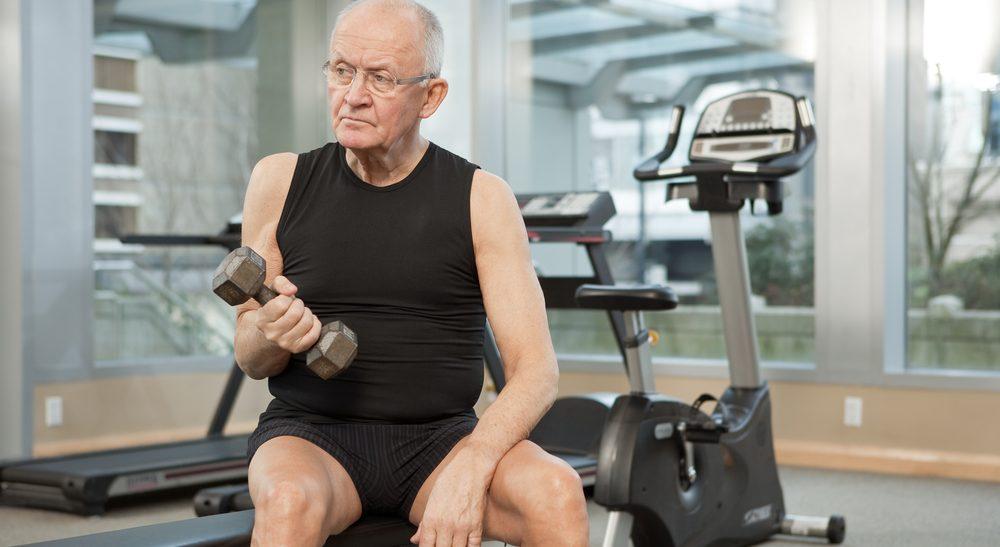
Old man lifting weights
Strength training is typically associated with young people and athletes, but it is actually beneficial for people of all ages, including seniors. In fact, strength training is particularly important for older adults, as it can help prevent age-related declines in muscle mass, bone density, and overall physical function.
Despite its benefits, many seniors are hesitant to start strength training due to concerns about safety, fear of injury, or simply feeling intimidated by the gym environment. However, with the proper guidance and support, seniors can safely and effectively incorporate strength training into their fitness routine.
One of the key benefits of strength training for seniors is the preservation and improvement of muscle mass. As we age, we naturally lose muscle mass and strength, a process known as sarcopenia. This can lead to a decrease in overall physical function, as well as an increased risk of falls and fractures. By engaging in regular strength training, seniors can slow or even reverse this process, improving their strength, balance, and coordination.
Strength training can also help improve bone density, reducing the risk of osteoporosis and fractures. As we age, our bones become weaker and more brittle, making us more susceptible to injury. However, resistance training has been shown to stimulate bone growth, leading to stronger and more resilient bones.
In addition to its physical benefits, strength training can also have positive effects on mental health and overall quality of life. Regular exercise has been linked to improved cognitive function, reduced risk of depression and anxiety, and better sleep. For seniors, these benefits can be particularly important in maintaining independence and a high quality of life.
So, if you’re a senior and considering starting a strength training program, what do you need to know? First and foremost, it’s important to consult with your doctor before starting any new exercise routine, especially if you have any pre-existing medical conditions. Once you have the green light from your doctor, it’s important to find a qualified trainer or fitness professional who can guide you through proper technique and progression.
When starting a strength training program, it’s important to start slowly and gradually increase the intensity and volume over time. This will help reduce the risk of injury and allow your body to adapt to the new demands of exercise. Focus on compound movements that target multiple muscle groups, such as squats, lunges, and push-ups, and incorporate both weight-bearing and resistance exercises.
It’s also important to remember that strength training is just one component of a well-rounded fitness routine. Seniors should also incorporate cardiovascular exercise, flexibility training, and balance exercises to promote overall health and wellness.
In conclusion, it’s never too late for seniors to start strength training. With the right guidance and support, seniors can reap the many benefits of resistance training, from improved muscle mass and bone density to better mental health and overall quality of life. So, if you’re a senior looking to improve your physical function and maintain your independence, consider adding strength training to your fitness routine today.
We provide our elderly and seniors with state of the art personal care and assistance because we are passionate about making their lives healthier,
© 2025 POWERED BY KING OF CMS CONSULTING
Click one of our contacts below to get help on WhatsApp
Designed by King Of CMS Consulting. Click here to visit our page!
